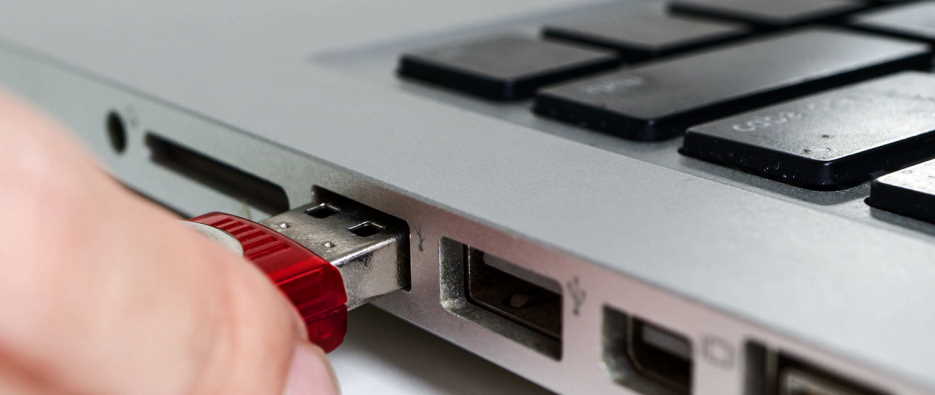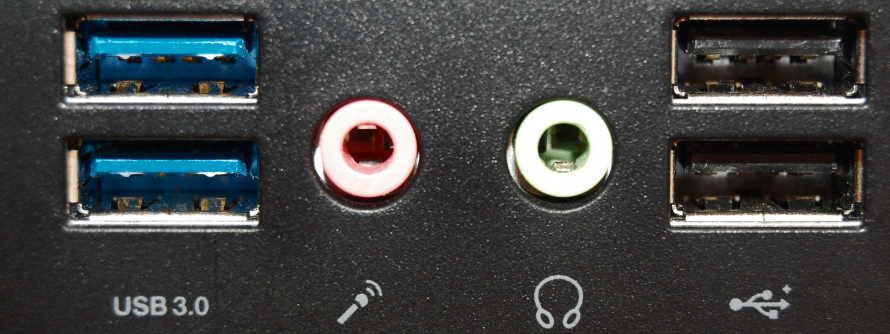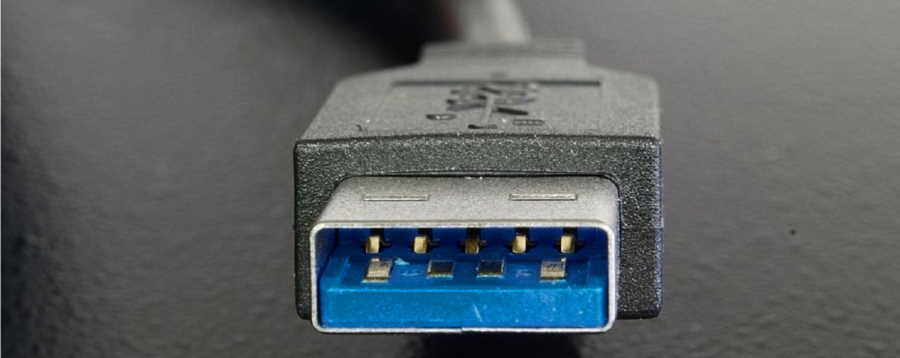
Since of its improved performance, superior speed and higher quality power management, many modern computers and other electrical devices now use a USB 3.0 port instead of USB 2.0 Yet in terms of their costs the USB 2.0 product is much cheaper than the USB 2.0 model.
USB has rapidly become a standard expected to be used in every new hardware. From mobile chargers, to flash drives and printer connections to computers. Yet what is the difference between USB 2.0 and 3.0, the two most popular USB versions?
Difference BETWEEN USB 2.0, USB 3.0
USB 2.0 was launched in 2000 while USB 3.0 came out in 2008. Few big developments increased the use of USB 3.0 in those 8 years. USB 4.0 is set to be launched in 2019 to tackle higher data transfer speeds.

USB 2.0 has a transmission rate of 480 Megabits (Mbps) per second. The equivalent USB 3.0 has a transmission rate of 10x more, providing 5 Gigabits per second (Gbps) transfer rate. More recently, USB 3.2 is providing a transfer rate of 20 Gbps and in 2019, we can foresee USB 4.0 adoption, which will include 40 Gbps. Higher transfer speeds account for faster data uploads.
USB 3.0 also enabled the introduction of new USB Type-A / B connectors to accommodate the physical upgrades. Additionally, the USB Type-C connector comes with 24 pins and enables inverted insertion.

USB 2.0 versus USB 3.0 in terms of bandwidth
USB 2.0 offers unidirectional communication between devices. That means it can only handle one direction at a time when transferring data. USB 3.0, comes with two unidirectional paths which allow them to simultaneously do transfers in both sides. Whereas the USB-C connector provides 2 additional data paths for a total of 4. Those are important developments to reduce the load times for data transmission and to increase performance.
USB 2.0 has a capacity of 500 mA while charging devices and transmitting data at the same time. USB 3.0 provides up to 900 mA – cutting down on charging time by almost half when transmitting data. The USB power categorization has evolved, and new standards for power delivery have been published. Depending on the type of connector and cable, a device requiring a charge can be supplied with up to 5A.